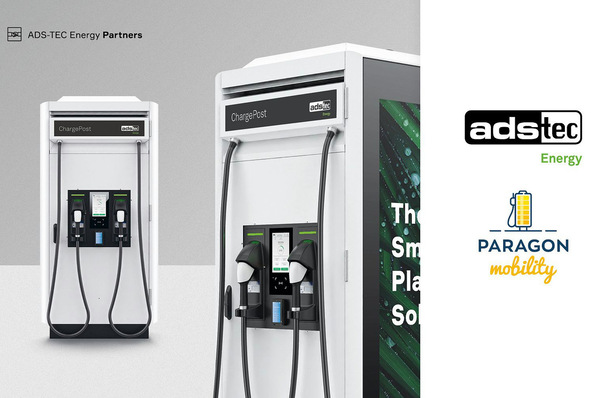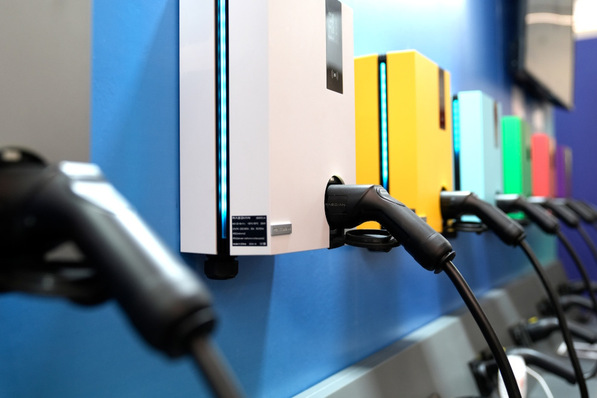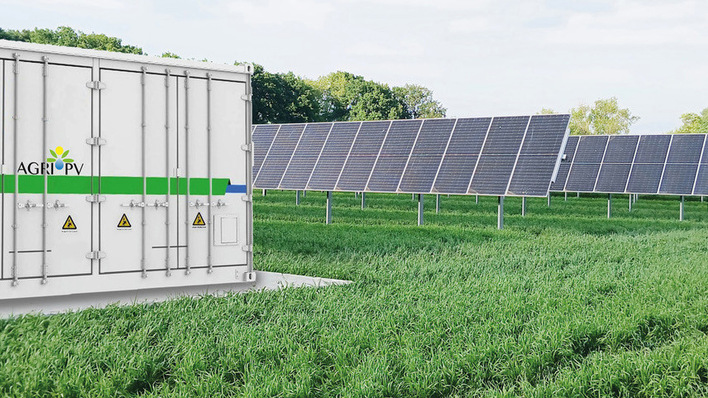The Wattpilot is particularly easy to install and can switch between single-phase and three-phase surplus charging, allowing customers who have a PV system to get the most out of it.
Even if an electric car driver does not yet have a PV system, it is advisable to start thinking about the right charging solution now, since not all devices can be operated intelligently in combination with a PV system. “The Fronius Wattpilot already enables customers to fill up their electric car with self-generated PV current,” notes Martin Hackl.
User-friendly operation via app
The Solar.wattpilot app makes it easy to commission and operate the charging solution. It also offers users an overview of the status of the charging operations. The app runs on iOS and Android and is the only user interface needed to operate all functions.
See also: Hydrogen expertise all under one roof
It is possible to charge an electric vehicle very cheaply on a variable electricity tariff. Users can simply define the maximum electricity price for charging their electric car using the Solar.wattpilot app. As well as the variable electricity tariff, there are two other ways to fill up a car as cheaply as possible: the Next Trip Mode charging mode or the option of only using surplus PV for charging.
Charging an electric vehicle with as much solar energy as possible
The Fronius Wattpilot is able to switch between single-phase and three-phase charging. This means that all the surplus PV from 1.38 kW to 22 kW is used. Charging takes place in ampere increments and the single/three-phase switchover is fully automatic. Unlike conventional solutions, this prevents brief but expensive load peaks. (mfo)







